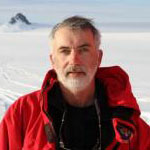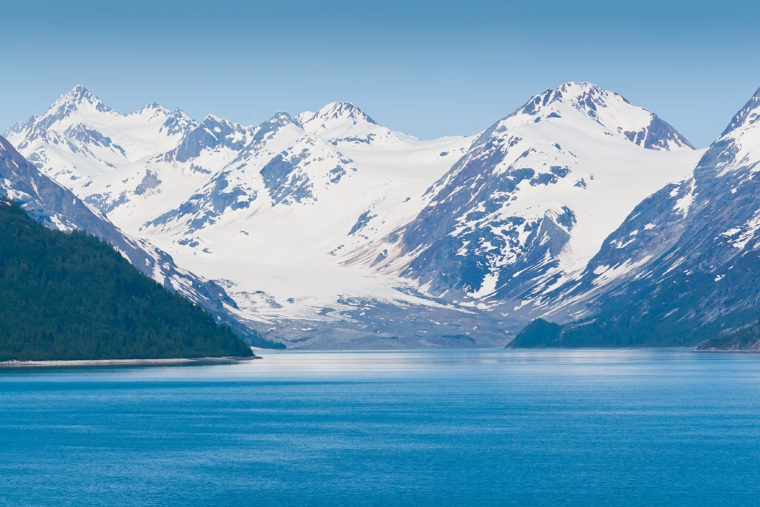Douglas Wiens, the Robert S. Brookings Distinguished Professor in Arts & Sciences at Washington University in St. Louis, and Patrick Shore, staff scientist and lecturer in earth and planetary sciences in Arts & Sciences, will collaborate with eight other institutions on a $4.5 million National Science Foundation study of a volatile volcano and earthquake zone on the sea floor off the Alaskan Peninsula.

Wiens, who has worked on similar seismic studies near the Mariana trench and in Antarctica, said these Alaskan experiments will monitor signals from earthquakes to learn more about what triggers volcanoes in the area and how magma movement beneath the earth’s crust contributes to the region’s intensive geologic activity.
A mystifying fact that geologists aim to try to answer: Why one particular stretch hasn’t recorded a major earthquake for decades — when every other part of that area has.
Led by Cornell University, the research project will involve scientists from eight universities, along with support from the U.S. Geological Survey and the Woods Hole Oceanographic Institution.
Scientists have been attracted to the region because of the subduction zone located at the bottom of the ocean where the Pacific and North American tectonic plates collide, the Aleutian Trench. Ninety percent of all U.S. earthquakes can be traced to that trench, the only location in North America to record magnitude 8 and 9 earthquakes. Most of the continent’s known volcanic eruptions have occurred along this subduction zone as well.

Recent improvements to seismometer technology and reliability will allow the research team to make detailed observations of the geologically active region for the first time, including more advanced monitoring of activity at the ocean bottom.
The experiments will use 105 high-end seismometers across a 435-mile-long stretch of the peninsula’s coast. They will entail ocean-bottom seismometers deployed as far off shore as 300 miles and broadband seismic equipment buried across various islands.
“We will also have some stations on Kodiak Island, so we are trying to figure out how to keep the bears from destroying them,” Wiens said.
